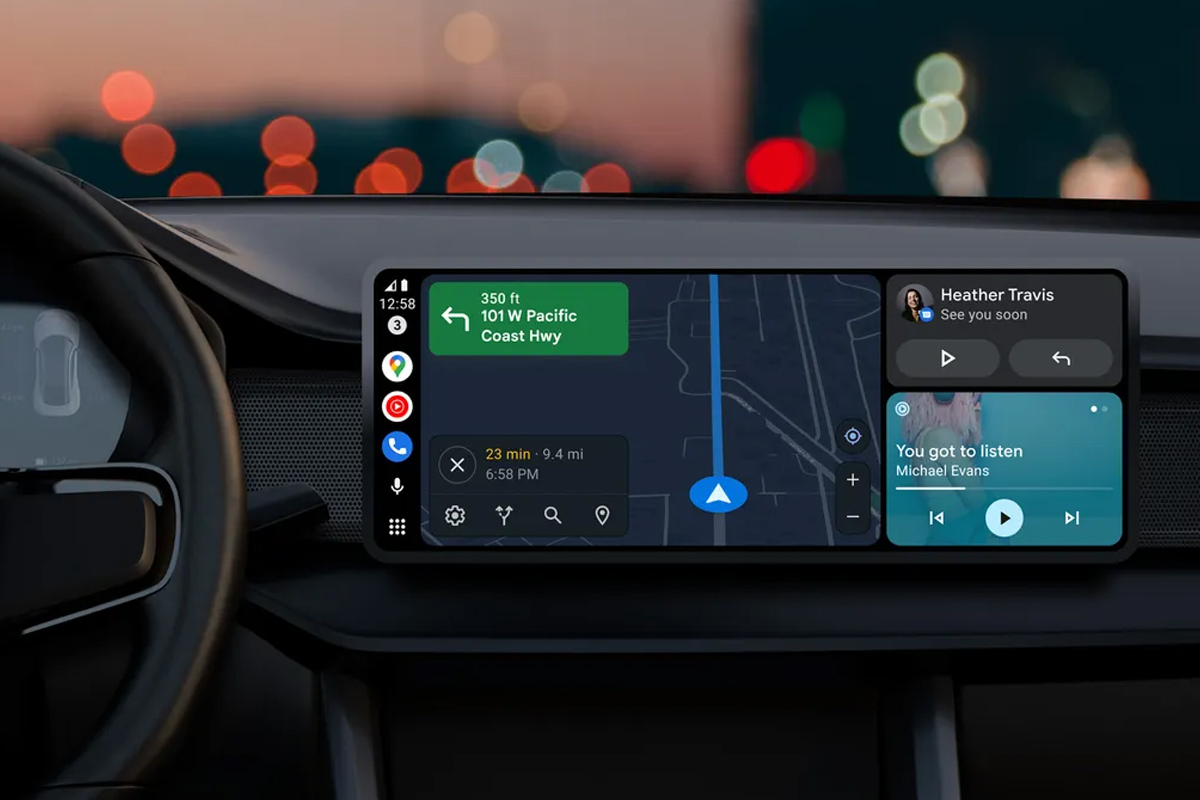

Android Auto users have reason to celebrate, as Google makes significant strides in reintroducing a polished light theme for its in-vehicle interface. Recent discoveries indicate that the long-awaited update is moving closer to reality, enhancing user customization and accessibility.
Originally available years ago, the light theme was removed in 2019 during a major redesign of Android Auto. This change left users exclusively with a dark interface. The idea of reviving this feature surfaced in early 2023 when developers uncovered initial code work pointing toward a light theme. However, early versions exhibited inconsistencies, leaving many elements of the interface still anchored in the dark design.
Fast forward to now, updates to the app’s code show a complete overhaul. The light theme is evolving into a more cohesive feature. Users can expect a unified appearance across menus, apps, and interface elements, ensuring a seamless experience. Additionally, colors will adjust dynamically based on system settings, offering personalization that meets user preferences.
While the dark mode is renowned for its eye-friendly design during nighttime driving, the light theme is poised to shine during the daytime. Drivers often face challenges with screen visibility when sunlight hits the display. A light background paired with dark text provides improved contrast, making navigation and media access significantly easier in bright conditions.
The push for a light theme aligns with current consumer trends highlighting the demand for customization in technology. Competing platforms, such as Apple CarPlay, offer users the flexibility to switch between light and dark modes, setting a standard for user choice. Bringing this functionality back to Android Auto would not only elevate user experience but also enhance the platform’s versatility.
The evolution of the light theme from an initial concept to a practical design demonstrates Google’s commitment to enhancing the user experience in Android Auto. While these advancements are based on yet-to-be-released code, they indicate a promising future for customization and daytime visibility in the automotive interface.
As Google prepares to roll out these updates, the impact on the retail sector could be significant—enhanced user interfaces can drive consumer confidence and boost adoption of connected vehicle technologies. For consumers, this means a more versatile and user-friendly driving experience on the road ahead.